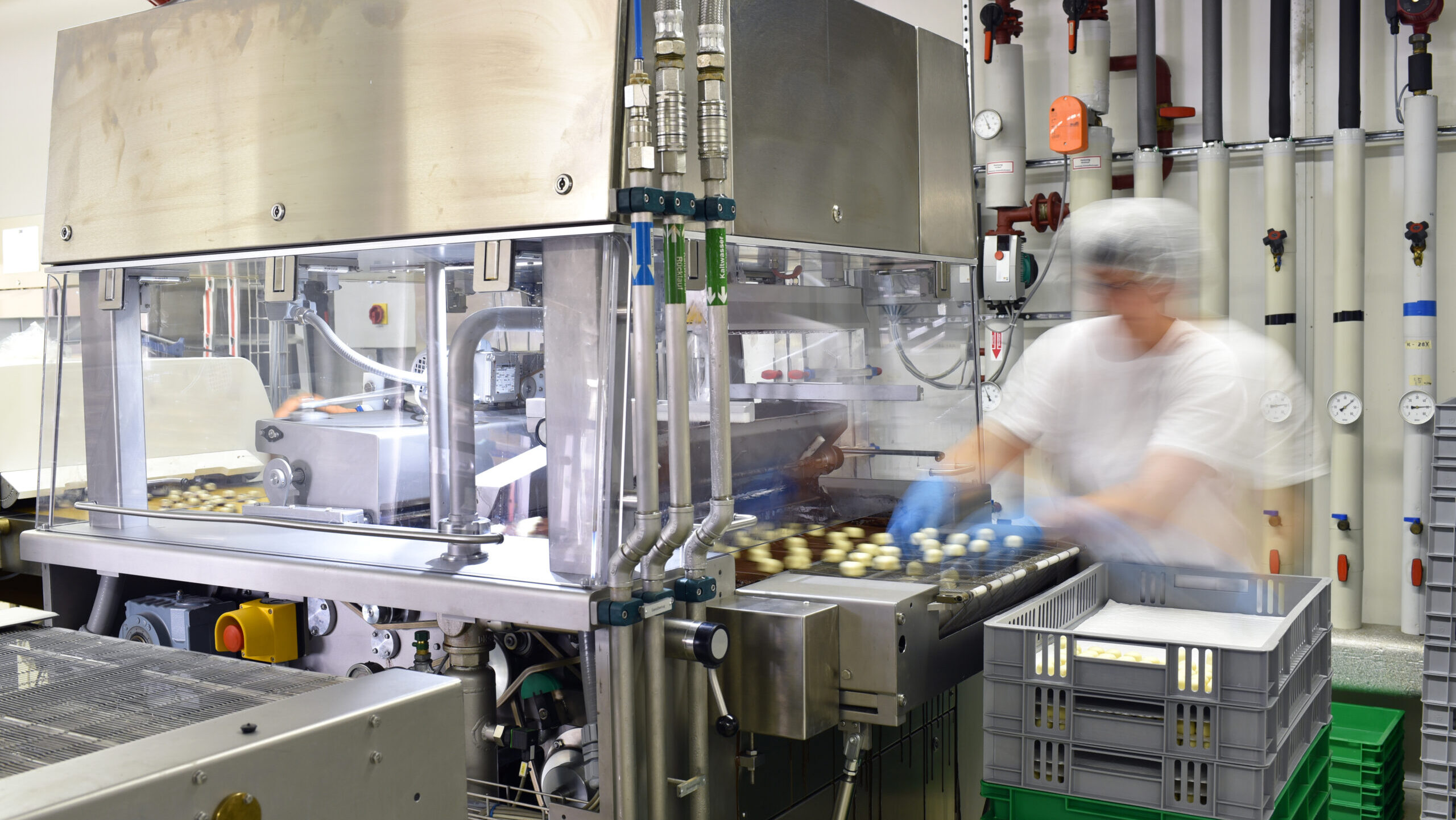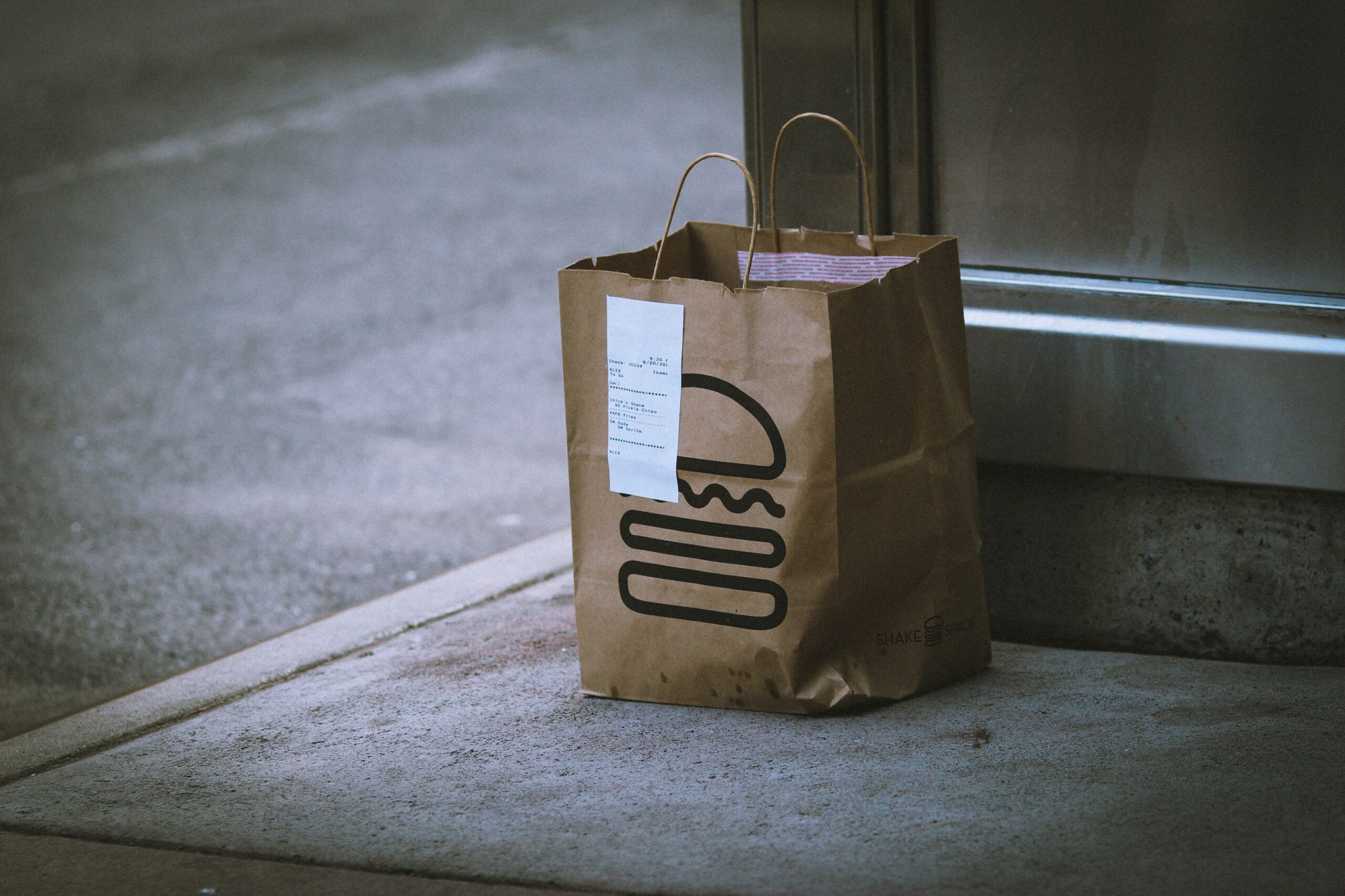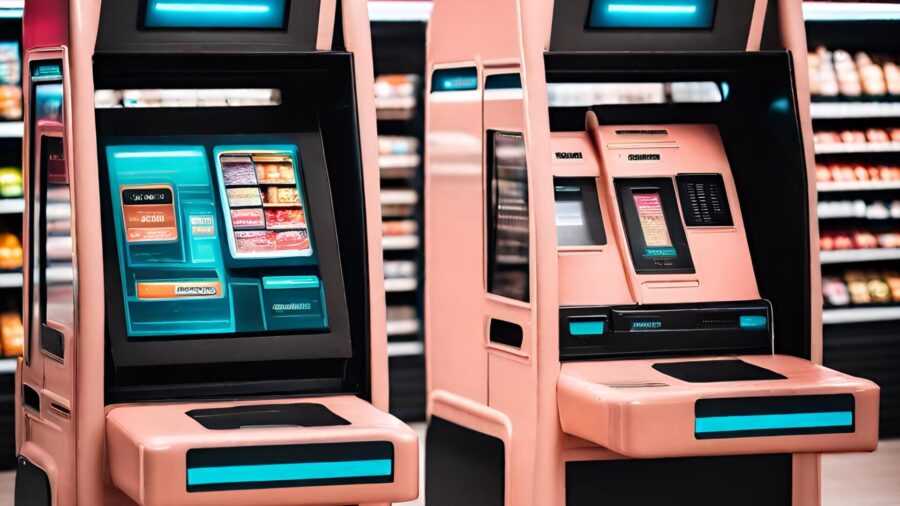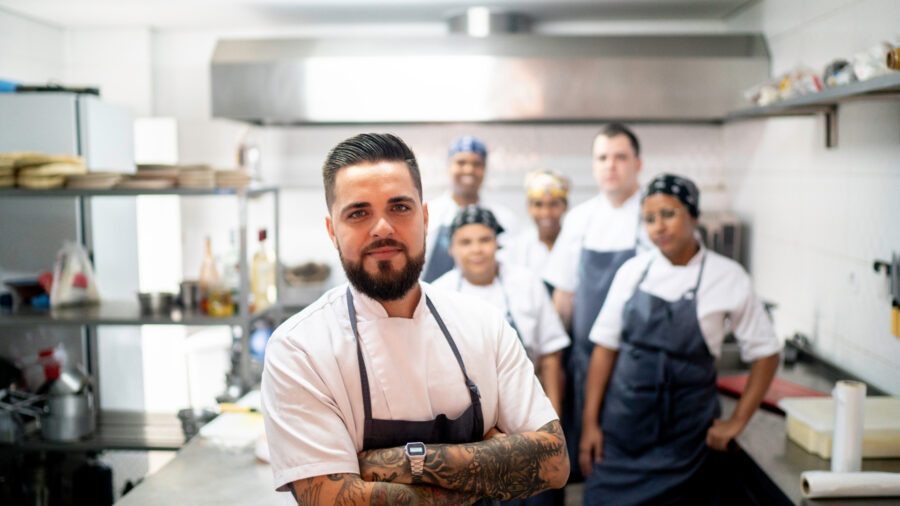Are robots about to take over? A quick glance at headlines recently makes one wonder.
Elon Musk recently unveiled plans for life-like humanoid robots designed to take over “boring” work from humans, for instance.
Though such prototypes are a long way from becoming widespread, robots are certainly making their way into the food industry, from smart vending machines to fully automated kitchens.
NEW DEVELOPMENTS IN THE INDUSTRY
Sweetgreen buys automated kitchen
Salad chain Sweetgreen recently bought Spyce, a Boston restaurant company with an automated kitchen, reported CNBC (Aug. 24). Spyce’s robotic kitchen and conveyor belts can service the company’s bowls and salads without any human intervention.
The deal is intended to improve its customer experience by filling orders faster and more accurately, as well as giving its employees more time to focus on preparing food.
Robot-made pizza ramps up production
Picnic’s robotic pizza-topping system has hit the market. Restaurants can now pre-order the robots—which can produce up to 100 pizzas per hour in tandem with a human employee—for subscription fees starting at $3,500 per month, reported Restaurant Business (Aug. 17).
Meanwhile, robotic pizzeria Piestro is partnering with 800 Degrees Pizza to deliver a fully automated experience to customers. The international pizza chain plans to leverage Piestro technology to expand its footprint and bring its new pizza to more convenient locations.
Robots enroll at U.S. universities
Several robots are making their college campus debuts. Starship Technologies will begin delivery service on four additional college campuses this fall, adding to the 20 campuses on which it already operates, reported TechCrunch (Aug. 10).
Additionally, Kiwibot, another robotic sidewalk delivery startup, is partnering with dining hall food provider Sodexo to bring its robots to colleges.
Also of note:
- White Castle’s Flippy robot steps up to make fries amid the labor shortage, reported The Wall Street Journal (Aug. 7).
- A bubble tea-making robot is launching in Taiwan, reported Slate (Aug. 18).
- Missfresh Limited partnered with more than 5,000 businesses in Beijing to deploy Missfresh Convenience Go Smart Vending Machines.
WHICH FORMS OF ROBOTICS WILL BE MOST IMPACTFUL FOR FOOD INDUSTRY?
Chris Nicholson, CEO of Pathmind – a Saas (software as a service) platform that enables businesses to apply reinforcement learning to real-world scenarios – told The Food Institute that, when it comes to robotics in the food industry, “One of the hardest parts about making robots work well is human interaction, so you want to control and channel that as much as possible.
“Some of the hardest robots to make work in the food industry are robots that have to navigate around humans, either to deliver or serve food. The less the robots have to move, and the more you can control their interactions with people, the more likely they are to succeed.”
We also asked Taka Tanaka, CEO of AUTEC, a commercial sushi robot company, for his thoughts. “Generally speaking, robotics that can take over tasks considered repetitive, mundane, dangerous, and/or ergonomically difficult to human workers will thrive in the food industry,” he said.
WHY IS THERE A NEED FOR ROBOTICS IN THE INDUSTRY?
Though human interaction is important, robots can alleviate some of the pressures associated with the labor shortage.
“The pandemic has created challenges for the industry and many of the major pain points can be resolved with robotics,” said Tanaka. “There are two main reasons why we need robotics at the moment. One is minimizing human contact for hygienic and safe operations, and two is filling the labor shortage that this pandemic has brought on.”
Additionally, robotics can help streamline the supply chain in factories, manufacturing facilities, and warehouses. Roles typically include stacking, cutting, de-panning and mixing food, as well as moving palettes or food around a distribution center, Nicholson noted.
“In all of those tasks, they are accelerating the supply chain,” he said. “But it’s less appreciated that robots can be coordinated to work as teams using a variety of AI optimizers. Robots’ work can be coordinated by software, in fast-moving environments, in ways that people can’t.”











